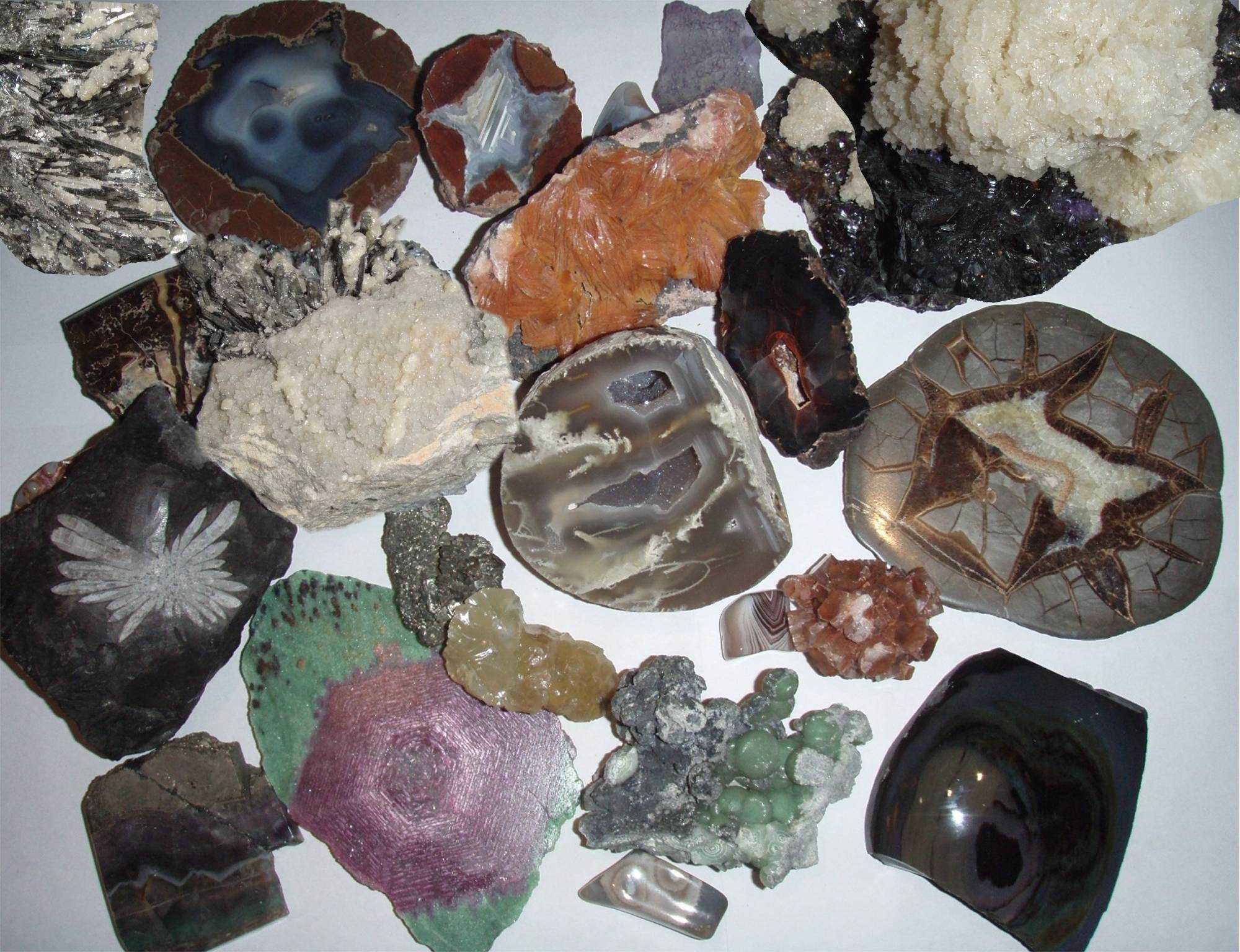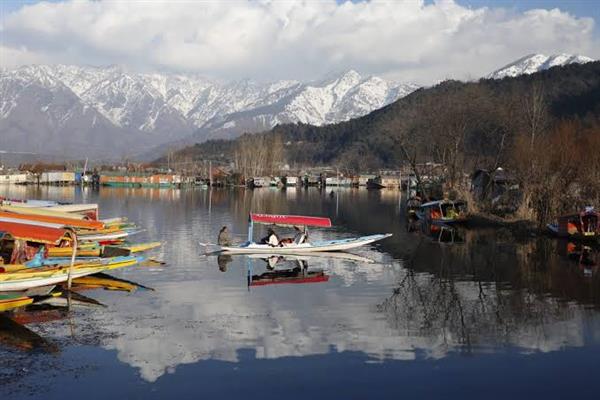We know that politics is prevailing everywhere in Kashmir, whether it may be our homes or schools, religious places or local chowks, playground or public parks, business establishments or offices. We are considering ourselves as masters in discussing political scenario that too not only our Kashmir issue but also on the happenings around the world.
Recently, I visited my uncle’s home and GST was on top of agenda among the presentees. I observed that everyone was diverting towards political scenario even having been an economical issue like GST.
That is why many commuters do not present the Kashmir in right perspective. I think it is better to impart much awareness in the people of state about the stability of the state in case of any outcome of the ongoing struggle.
We should remember that it was a time when a Kashmiri was dependent on others for everything. There were apprehensions that our prestigious banking institute do not survive due to turmoil early in 1990 but the institute is doing well till date. This banking institute bagged big awards and is competitive with other banks in India.
Similarly, it is now history that when not a single average Kashmiris crack IAS examination or qualify for MBBS/BE degree courses with approximately cent percent marks. There is a sea change in the knowledge and conduct of the people and we are much aware about our resources and their utilization also. As we know that our resources mostly comprise of: Water resources; tourism; agriculture; industry; and handicrafts.
Let us discuss each of these below:
Water resources
The Jhelum, Chenab, Indus and Tawi rivers are flowing through our state, hence ample water resources are present here besides lakes, rivers, glaciers and groundwater are also present in huge quantity.
Water resources are sources of water that are potentially useful for hydroelectricity, agricultural, industrial, household, recreational and environmental activities.
Hydroelectricity
Renewable power generation can help countries meet their sustainable development goals through provision of access to clean, secure, reliable and affordable energy. Tens of gigawatts of wind, hydropower and solar photovoltaic capacity are installed worldwide every year in a renewable energy market that is worth more than a hundred billion USD annually.
Other renewable power technology markets are also emerging as in recent years have seen dramatic reductions in renewable energy technologies’ costs. The average cost of electricity from a hydro station larger than 10 megawatts is 0.01$ per kilowatt-hour.
Therefore, the cost of hydroelectricity is relatively low which makes it a competitive source of renewable electricity.
Tourism
According to 2014 data from the World Travel and Tourism Council (WTTC), nine of the 10 of the countries that rely most heavily on tourism are Maldives and Seychelles in the Indian Ocean and Bahamas, Aruba and Anguilla in the Caribbean.
Similarly, Macau is an autonomous region on the south coast of China having its own currency lying across the Pearl River Delta from Hong Kong. One of its more striking landmarks is 338m-high Macau Tower with sweeping city views.
The weather forecast of Macau is 31 degree temp and 74 percent humidity in an average. There are number of places to visit for tourists like The Venetial Macao, Fortaleza do Monte, Grand Prix Museum etc.
The Bahamas is a coral-based archipelago in the Atlantic Ocean. Its 700-plus islands and cays range from uninhabited packed with resorts. The northernmost, Grand Bahama, and Paradise Island which is home to many large-scale hotels are among the best known.
The natural beauty and picturesque locations in Kashmir have made it a favoured destination for tourists across the world. Kashmir valley is known for its natural beauty which include lakes and gardens, the total number of tourists visited during 2015-16 the recorded as 58,568.
The heritage tourism is emerging as one of the important segments of tourism worldwide. It is a combination of religion, wildlife, eco-tourism, and even adventure. It is meant to gain an appreciation of the past or something we have got in legacy. It is one of the oldest forms of travel and involves heritages of all kinds – colonial heritage, urban renewal, religious tourism, genealogy, industrial heritage, and ethnicity.
The state of Jammu &Kashmir can be an important hub for Heritage tourism. We have enormous potential from religious places to remote and untamed beautiful country side villages/destinations.
It is here worth to mention that the south Kashmir hosts beautiful destinations like Wasernag at KUND, Kaparan, Matigawaran, Duksum, Cynthen top, Margan top, Mehmoodabaad at Dooru, historical Spring of Verinag, Dusu, Kokernag and its outskirts, wilderness of Liseer village and its outskirts Aherbal water fall area, remote area of Brinallamer, Manzagam and other places like hurpora, Peer Ki Gali, remote areas of Kollarphalgam area etc.
In north, we have Lolab valley, Bungus valley, Dodpatri area and other areas of Budgam districts.
Similarly, our holy places of booth Hindu as well as Muslim faith can be brought under heritage tourism.
A comprehensive plan is need of an hour to harness this enormous tourist potential and regulating the tourist flow and effective management of the services provided.
At the same time we must be very much scientific in the management and development of new heritage sites and all must be ensured sustainably by an effective use of professionals like environmentalists, occupational safety experts and other well trained tourism management professionals.
Agriculture
J&K has agro-climatic conditions best suited for horticulture and floriculture. Horticulture is the mainstay of the rural economy which is providing employment to large number of local inhabitants.
The State’s share in the overall apple production has increased from 65.97 per cent in 2013-14 to 69.15 per cent in 2015-16. The state is also a major exporter of walnut and its international market share is about seven per cent.
Industry
The state government has an industrial policy that offers attractive incentives along with a single-window.clearance mechanism. Land is allotted at concessional rates in industrial areas on lease for 90 years. The cost of setting up operations is comparatively lower than other states.
According to a study by the World Bank and KPMG the J&K stands 29th among Indian states in rankings based on ease of doing business. The state (including Chandigarh, Punjab and Haryana) has attracted Foreign Direct Investment (FDI) equity.
Handicrafts
The sector makes conspicuous contribution in sustaining export trade of the state. The handicraft activities carried out in Kashmir Valley has earned a unique place in the world of handicraft scenario.
This sector provides employment opportunities and great potential to generate gainful employment within and outside the state. The employment of handicraft has increased to 3.505 lacs during 2007-08 as against Rs.2.25 lacs during 1990-91 and the exports in the handicraft sector have increased to Rs.1200.47 crores during 2007-08 as against Rs.34.60 crores during 1990-91.
Hence, keeping in view the above certain important key indicators of financial autonomy, J&K state will be one the fast growing state.
Shabir Ahmad Shah
shabir_anas@yahoo.com






